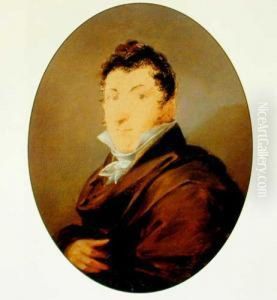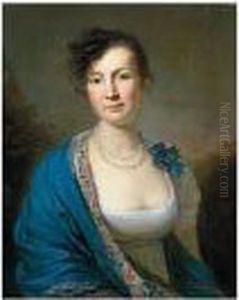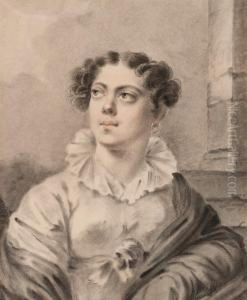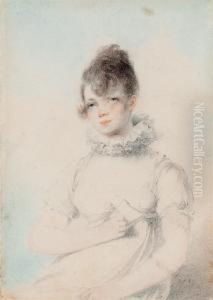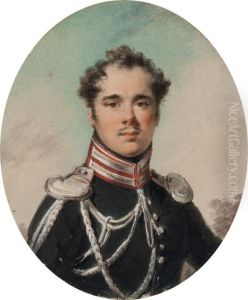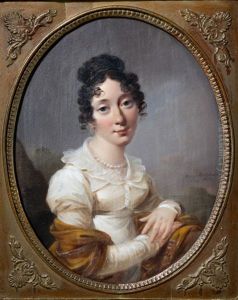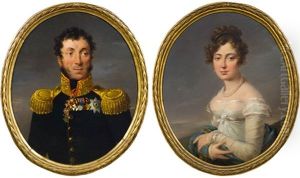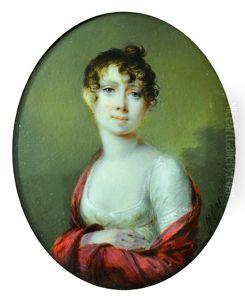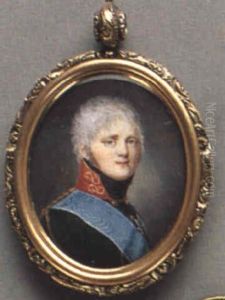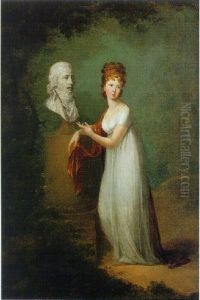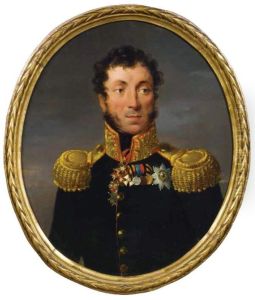Alexander Molinari Paintings
Alexander Molinari, also known as Johann Alexander Molinari, was a Russian artist of German descent born in 1772 in Saint Petersburg, Russia. He was part of a family of artists, with his father being the painter Johann Jakob Molinari. Alexander was a prominent figure in Russian art during the late 18th and early 19th centuries, particularly known for his portrait painting.
Molinari received his initial art education from his father and then continued his studies at the Imperial Academy of Arts in Saint Petersburg, where he excelled and earned recognition. His talent was notably apparent in his adept handling of both oil and miniature painting techniques, which made him a sought-after portraitist among Russian nobility and the burgeoning middle class.
Throughout his career, Molinari maintained a close connection with the Imperial Academy of Arts, becoming an academician in 1795 and later a professor. His contributions to Russian art during this period were significant, as he helped to cultivate a generation of new artists and was involved in various artistic projects, including theatrical set designs and restoration works. Molinari's style was characterized by a blend of neoclassical influences with a penchant for capturing the psychological depth and individuality of his subjects.
Despite his success, there is limited information about Molinari's personal life, and he remains a somewhat enigmatic figure outside of scholarly circles. His works, however, continue to be appreciated for their technical skill and the window they provide into the faces and fashions of his era.
Alexander Molinari's death in 1831 marked the end of an era for Russian portrait painting. His legacy is preserved in the collections of various museums, including the Tretyakov Gallery and the Russian Museum, where his portraits remain on display, offering insight into the artistic trends and social milieu of his time.
